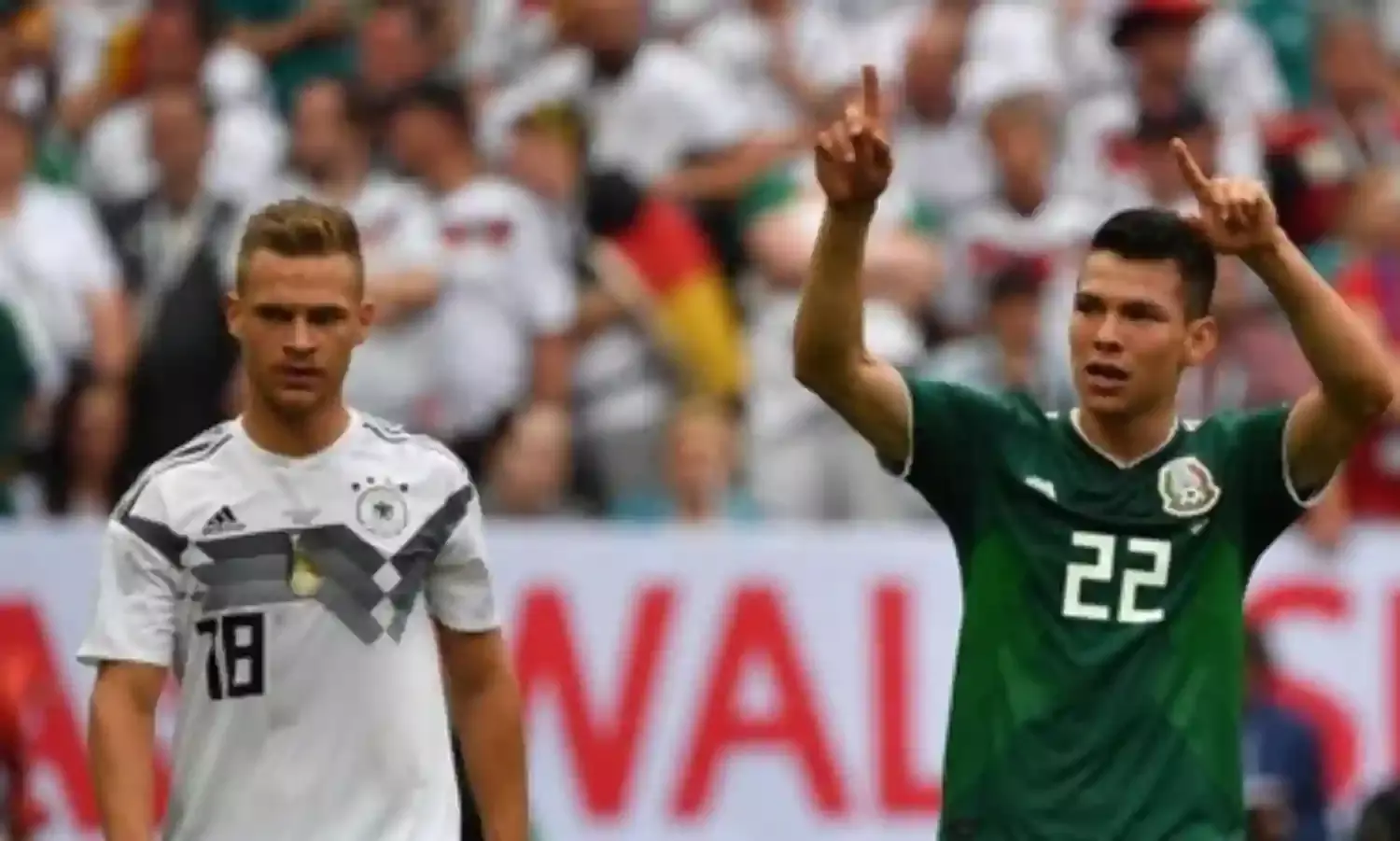FIFA World Cup: Sluggish Germany Needs to Prioritize Form Over Pedigree
FIFA World Cup: Sluggish Germany needs to prioritize form over pedigree

Much of the commentary surrounding Germany, the defending champion, ahead of the World Cup was whether this team in transition, devoid of pillars such as ex-captains Philipp Lahm and Bastian Schweinsteiger, could carry the mantle forward. Parallels had already been drawn before the team arrived in Russia. In Joshua Kimmich, the Die Mannschaft was sure it had found the next Lahm. Timo Werner's Confederations Cup heroics in 2017 meant he was deemed the ideal successor to Miroslav Klose. But after the team's first game, where it was comprehensively beaten by Mexico, the comparisons have taken a back seat as the central question became, "Is this German side good enough?"
To put things into perspective, the last time a German side lost its first match in a World Cup, the Berlin wall was still a daunting structure while other World Cup competitors Serbia and Croatia weren't even formed. Germany in the past 30-odd years has established itself as a powerhouse, the team to beat, in international football.
“Football is a simple game: 22 men chase a ball for 90 minutes and at the end, the Germans always win.” – Gary Lineker ( Former England striker)
The most surprising part of the earthquake-causing victory was how Mexico beat Germany to its own game. Counter-attacking, gegen-pressing and direct football, all trademarks of the multiple Joachim Low sides, were used by the Mexicans, as the Germans stood still and allowed the men-in-green to dictate play.
Redundant formation and tactical naivety
Low opted to start the German team with a 4-2-3-1 formation, a system the Germans have been using since the 2010 World Cup, with Julian Draxler, Mesut Ozil and Thomas Muller forming the trio behind Werner in an attack-minded set-up. The problem with this double-pivot formation, anchored by Toni Kroos and Sami Khedira, is the space it leaves in the midfield. The 4-2-3-1 requires two players capable of handling the defensive responsibilities while also having the vision to distribute the ball across the field. The formation, which was prominent till around four years back, is no longer used by big clubs because they have struggled to find the perfect two for the job, especially when opposition teams stack up the midfield. The Kroos-Khedira (Schweinsteiger) combination was perfect till 2014, when opposition teams were also playing the same formation, but against Mexico the midfield looked thin and it might get exposed against a stronger team.
Even when the game looked like it was slipping of its hands, Low failed to make substitutions that the situation demanded, instead opting for stars. Hirving Lozano was a constant threat in the left-wing for Mexico, and Kimmich had to shoulder a mammoth amount of work with Mueller taking up a very central attacking role. Bringing young Julian Brandt or Marco Reus, both natural wide players, for Muller would have brought stability to the formation, but Low used up all his substitutions on attackers by sacrificing his midfield and defence. The formation left gaping holes in the midfield and a more clinical team would have been able to score more than the solitary goal Mexico managed.
Time for a fresh approach
While the result was catastrophic, Germany is still a favourite to progress from the group. But coach Low will have tough decisions to make for the desired result. The centre-back pairing of Mats Hummels and Jerome Boateng looked solid but the central midfield will need tweaking. Ilkay Gundogan offers creativity, Niklas Sule has raw strength, and Sebastian Rudy has experience as a box-to-box player. Adding any of the three into the midfield will add steel to he midfield and free Khedira of his running duties.
Similarly, with Timo Werner in form, Low might have to sacrifice the experienced Mueller for a player who can play in the flanks and offer width to the German side. Leroy Sane was surprisingly omitted from the squad because Low believed he had enough players in the position. One among Reus, Draxler and Brandt should feature in the playing XI, especially if Germany fails to break down the opposition in the first half against Sweden.
The team against Mexico also lacked the desire you often associate with a German team in an international tournament. It was Dutch legend Johan Cryuff who said you aren't 100% once you've won something — like a "bottle of carbonated water where the cap is removed for a short while." Germany lacked that fizz on the pitch and the only way it can prevent the 'curse of defending champion getting knocked out in the first round' (both Italy and Spain were knocked out in tournaments that followed their World Cup victories) is to up the tempo and deploy players in form.
The young German team that won the 2017 Confederations Cup in Russia had that desire in them and Low will be required to use some of these players to reinvent a squad that does not look motivated for the task. The tournament is a make-or-break event for many in the German squad including Low. If the squad fails, expect a complete overhaul and another rebuilding campaign, similar to what followed the Euro 2000 campaign. That said, the task is too hard for Low who has a side filled with world-class stars, provided he is willing to take a gamble or two. Even the odds aren't against the Germans — the last time they lost an opening match in the World Cup, they went on to reach the finals.



